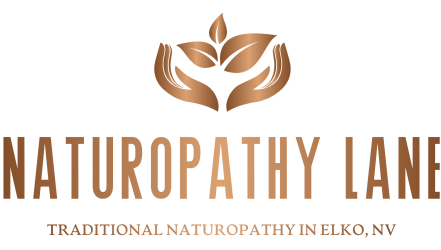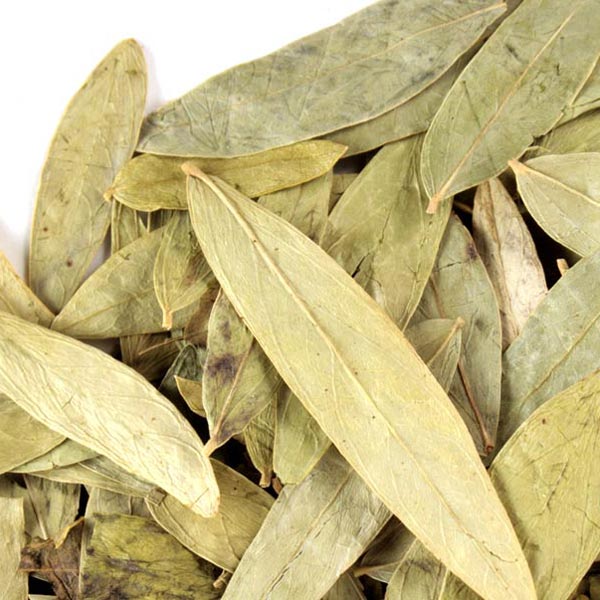We spend a minute discussing normal inflammation versus abnormal or chronic inflammation and what herbs can be used and how they work on your system.
Tag: natural medicine (Page 1 of 4)
Using substances found in nature to heal the body.

Natures Mood Boosters
These are natural ways to help relieve symptoms of Depression and Anxiety over time. These are not for emergency use.
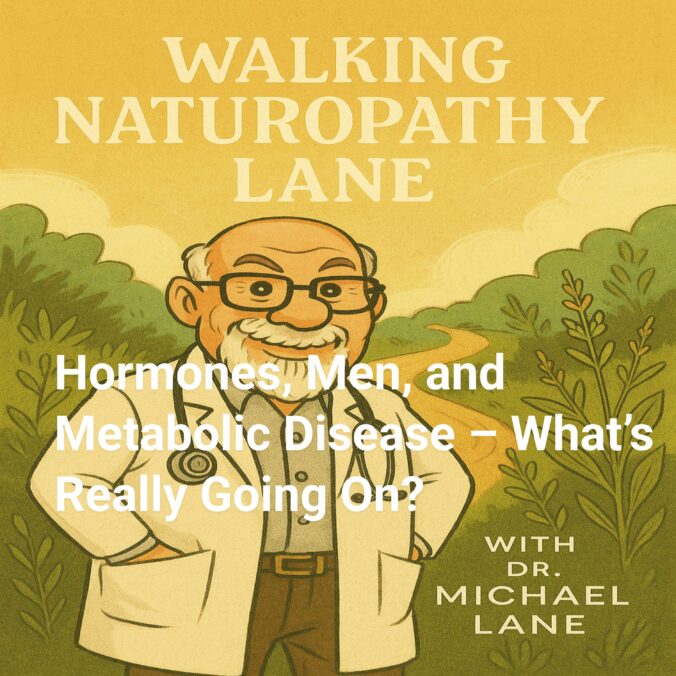
Hormones, Men, and Metabolic Disease – What’s Really Going On?
How does metabolic disease become a snowball in the hormonal sense in men? Find out here as well as what you can do to start improving the situation.
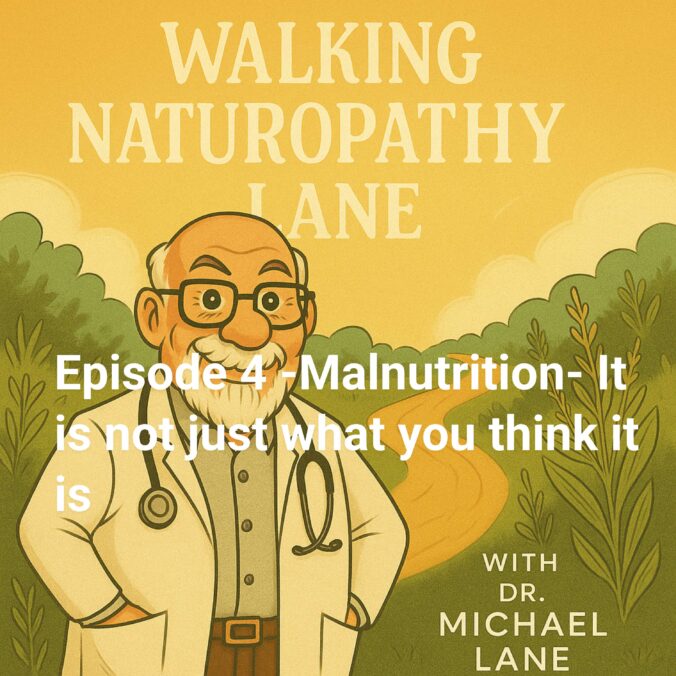
Malnutrition- It Is Not Just What You Think It Is
Malnutrition is not as uncommon as you might think. This episode examines why it is important to keep you healthy, some of the signs a naturopath looks for, and some of the treatments used to get you back on to the lane for better health.
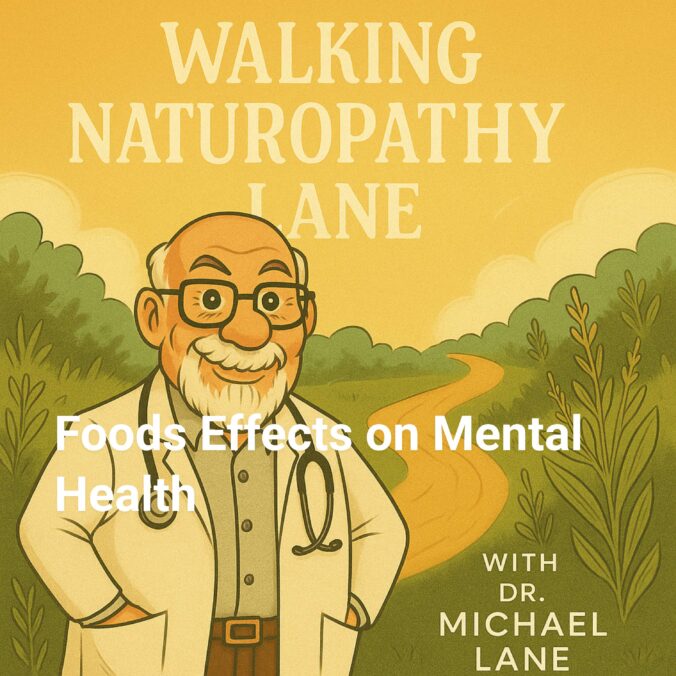
Foods Effects on Mental Health
This episode discusses which diet is best for mental health conditions, as well as discussion of foods to avoid while becoming the healthiest you possible.
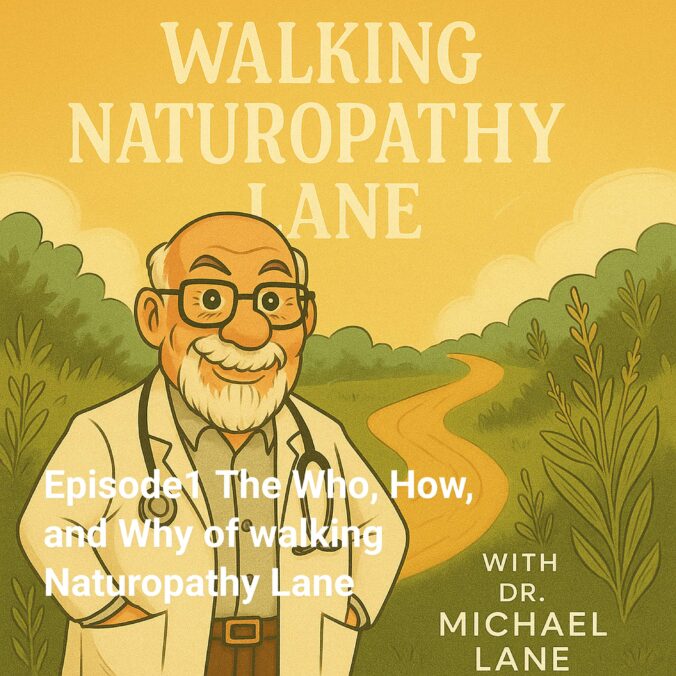
Episode1 The Who, How, and Why of walking Naturopathy Lane
This episode is our pilot and gives the Who, How, and Why of why I went into practice as a Traditional Naturopath and Started Naturopathy Lane.
So, A common question I get is why do I have alcohol in my office. So here is a short video explaining why there is alcohol in my office. Enjoy!
Senna: An In-Depth Look at This Traditional Herb
Introduction
—————
Senna, also known as Cassia angustifolia or the wild senna, is a well-known herb in traditional medicine. As a Board Certified Traditional Naturopath and Master Herbalist, I have seen the many benefits of this versatile herb firsthand. In this article, we will explore the different species of Senna, its active constituents, biochemical pathways influenced by it, contraindications, and safety considerations. By the end of this article, you will have a comprehensive understanding of how to use Senna safely and effectively in your health journey.
Species and Active Constituents of Senna
There are several species of Senna, but two of the most commonly used are S. alexandrina (Aleppo senna) and S. angolensis (Cape senna). Both species contain active constituents called sennosides, which are the primary compounds responsible for Senna’s laxative effects. The chemical structures of these sennosides include a heterocyclic ring system with various substituents attached to it.
Traditional uses of Senna in traditional medicine have been extensive, ranging from treating constipation and digestive issues to reducing inflammation and supporting overall health. Its active constituents make it an effective herbal remedy for various conditions.
Biochemical Pathways Influenced by Senna
One of the main biochemical pathways influenced by this herb is the JAK/Stat pathway. This pathway plays a crucial role in cytokine signaling, which is essential for maintaining proper immune function and tissue repair. By inhibiting the activity of JAK/Stat proteins, this herb may help regulate cytokine production and balance. Other biochemical pathways influenced by Senna include the NF-κB pathway, which plays a role in inflammation and cellular stress responses. The active constituents of Senna may inhibit the activity of the NF-κB pathway, potentially reducing inflammation and supporting overall health.
Contraindications and Safety Considerations
As with any herbal remedy, there are potential contraindications and safety considerations when using Senna. Some of these include:
* Potential interactions with other medications: It is important to consult with a qualified healthcare provider before combining this herb with any prescription or over-the-counter medication.
* Health conditions: Individuals with certain health conditions, such as irritable bowel syndrome (IBS), diverticulitis, and kidney disease, should exercise caution when using Senna.
* Pregnancy and breastfeeding: Senna is not recommended for pregnant or breastfeeding women due to potential risks.
* Proper dosing and administration: It is crucial to follow the recommended dosages and preparations when using this herb to avoid potential side effects.
How to Use Senna Safely and Effectively
To use this herb safely and effectively, it is important to consider the following guidelines:
* Recommended dosages and preparations: For laxative purposes, a common dose of this herb as a tea is 1-2 cups per day. For anti-inflammatory purposes, consult with a qualified naturopath for personalized recommendations.
* Side effects management: Common side effects of this herb use include nausea, vomiting, and abdominal cramping. If these symptoms occur, reduce the dosage or discontinue use.
* Additional resources: To learn more about the safe and effective use of this herb, consider consulting with a qualified naturopath like those at Naturopathy Lane.
Conclusion
This herb has with numerous health benefits. Its active constituents, specifically sennosides, make it an effective remedy for various conditions, including constipation and inflammation. While there are potential contraindications and safety considerations when using Senna, proper dosing, administration, and consultation with a qualified healthcare provider can help ensure its safe and effective use. As a Board Certified Traditional Naturopath and Master Herbalist, I encourage readers to explore the many benefits of Senna in their health journey while keeping safety considerations in mind.
For more reading on Natural Health, check out these blog posts:
Mushrooms: Chaga Mushrooms
Herbs: Devil’s Claw | Loveage | Lavender
Other Site Pages: Natural Medicine Blog Posts
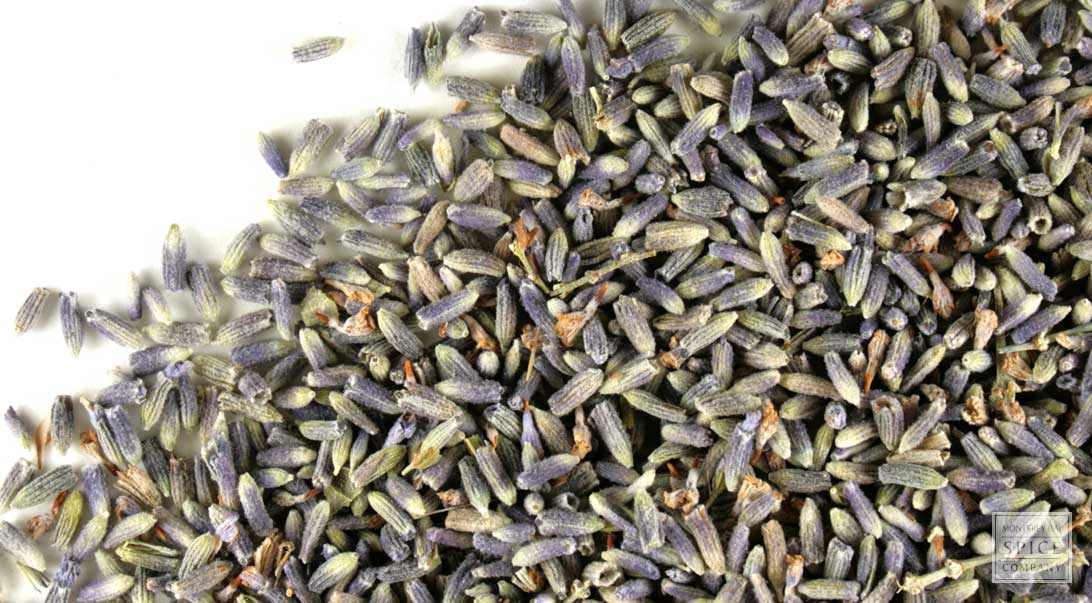
The Multifaceted Benefits of Lavender
Lavender (Lavandula spp.)
is a well-known and versatile plant that belongs to the Lamiaceae family. Its fragrant flowers and oil have been used for centuries in natural medicine, aromatherapy, and culinary purposes. In this blog post, we will explore the history of lavender in traditional Chinese medicine, Ayurvedic medicine, and western medicine, its active constituents, biochemical pathways they influence, and any potential contraindications.
History in Natural Medicine
Traditional Chinese Medicine (TCM): In TCM, lavender is considered a cooling and calming herb that can be used to treat various conditions such as headache, dizziness, and restlessness. It is often combined with other herbs to create formulations for a wide range of health issues. In Ayurvedic Medicine: In Ayurveda, lavender is used to balance the three doshas (Vata, Pitta, and Kapha) and promote overall well-being. Its cooling and calming properties make it an ideal herb for treating anxiety, stress, and sleep disorders. Western Herbal Medicine: In modern times, lavender essential oil has gained popularity in aromatherapy and natural remedies due to its soothing and relaxing effects. It is commonly used to treat stress, anxiety, insomnia, and digestive issues.
Active Constituents and Biochemical Pathways
Lavender contains several active constituents, including linalyl acetate, linalool, and lavandulin. These compounds are known to influence various biochemical pathways, such as the GABAergic system, which plays a crucial role in regulating anxiety and sleep. Lavender has also been found to exhibit anti-inflammatory properties by Lavender’s anti-inflammatory properties can be attributed to the synergistic effects of its active constituents, primarily linalyl acetate and linalool. These compounds are believed to modulate the activity of various inflammatory mediators, such as cyclooxygenase (COX), lipoxygenase (LOX), and inducible nitric oxide synthase (iNOS). Cyclooxygenase (COX): COX is an enzyme responsible for the production of prostaglandins, which play a crucial role in inflammation. Lavender has been found to inhibit both COX-1 and COX-2, thereby reducing the production of pro-inflammatory prostaglandins.Lipoxygenase (LOX): LOX is an enzyme involved in the synthesis of leukotrienes, which are inflammatory mediators. Lavender has been shown to inhibit LOX activity, thereby reducing inflammation. Inducible nitric oxide synthase (iNOS): iNOS is an enzyme that produces nitric oxide (NO), a potent inflammatory molecule. Inflammatory cells such as macrophages and microglia express iNOS during inflammation, leading to increased NO production. Lavender has been found to inhibit iNOS expression, resulting in reduced NO production and inflammation. In addition to these mechanisms, lavender’s anti-inflammatory properties may also be due to its ability to modulate the activity of transcription factors, such as nuclear factor kappa B (NF-κB), which plays a central role in the regulation of inflammatory responses. By inhibiting NF-κB activation, lavender can help suppress the production of pro-inflammatory cytokines and chemokines.
Lavender’s analgesic properties can be attributed to the synergistic effects of its active constituents, which mainly include linalyl acetate and linalool. These compounds are believed to interact with the vanilloid receptor 1 (VR1), also known as the capsaicin receptor, located on sensory neurons. Activation of the VR1 receptor produces a pain-relieving effect by blocking the transmission of pain signals from the peripheral nerves to the brain. Moreover, lavender essential oil has been found to increase the release of endorphins (the body’s natural painkillers) and decrease the production of inflammatory mediators, such as prostaglandin E2 (PGE2). These effects contribute to the overall analgesic properties of lavender.
Lavenders’ antimicrobial properties can be attributed to the synergistic effects of its active constituents, primarily linalyl acetate and linalool. These compounds have been found to exhibit antimicrobial activity against a wide range of microorganisms, including bacteria, fungi, and viruses. Bacteria: The essential oil components of lavender can inhibit bacterial growth by disrupting the cell membrane, which leads to the leakage of intracellular contents and eventual cell death. Additionally, lavender has been found to interfere with bacterial protein synthesis and DNA replication, further contributing to its antibacterial properties. Lavender essential oil exhibits antifungal activity by inhibiting fungal growth and mycelium formation. It can also damage the fungal cell membrane, leading to the disruption of intracellular processes and eventual cell death. Although less studied than bacterial and fungal interactions, some research suggests that lavender essential oil may have antiviral properties. This activity is likely due to its ability to interfere with viral protein synthesis or inhibit the replication of viral RNA or DNA.
Contraindications
While lavender is generally considered safe for use, there are some potential contraindications to be aware of:Pregnancy: The safety of lavender during pregnancy has not been well-studied. It is recommended to consult a healthcare professional before using lavender essential oil while pregnant. Breastfeeding: Lavender essential oil should be used with caution when breastfeeding, as its safety for infants has not been thoroughly evaluated. Allergic reactions: Individuals with allergies to the Lamiaceae family or related plants should avoid using lavender. Drug interactions: Lavender may interact with certain medications, such as benzodiazepines and barbiturates, by enhancing their sedative effects. It is essential to consult a healthcare professional before combining lavender with prescription medications.
Conclusion
Lavender is a herb with a long history in natural medicine. Its active constituents and biochemical pathways influence various health aspects, making it an ideal choice for treating anxiety, stress, and sleep disorders. While it is generally considered safe for use, potential contraindications should be taken into account before incorporating lavender into your wellness routine. Always consult with a healthcare professional before using lavender or any other natural remedy.
For more reading on Natural Health, check out these blog posts:
Mushrooms: Chaga Mushrooms
Herbs: Devil’s Claw | Loveage | Meadowsweet
Other Site Pages: Natural Medicine Blog Posts
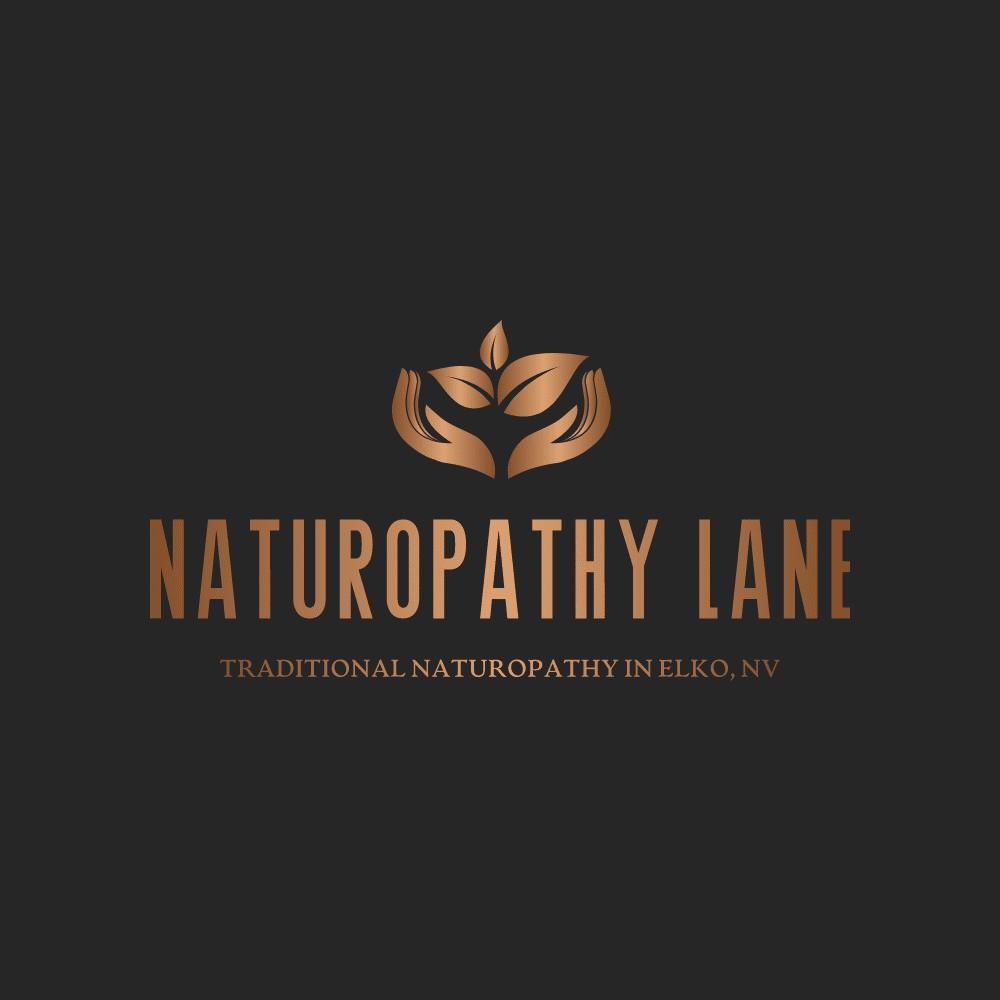
Microbiome: Commensural, Evolving, and Rebiosis
n you think about your microbiome, typically we only think about the one in our gut. We ignore it and continue on with a diet high in saturated fats, highly processed foods, empty calories, and low nutrients. So, let’s discuss the microbiome a bit. There are actually 3 individual microbiomes in males and 4 individual microbiomes in females, and they are the oral microbiome, gut microbiome, vaginal microbiome, and the microbiome on our skin. These actually start in your body when you come out of the vagina. Yes, your mom starts your microbiome just before you are born. That microbiome is enhanced with colostrum, and off you go. Now, this population will grow over time, and the types of bacteria and their percentage of the total population will change over time. I should mention that there are thousands of bacteria species that go into our microbiome. These bacteria can be altered with diet, introducing more of a few species, environment, and finally the lack of a species. This can be managed to protect our health though through a process called Rebiosis. Our microbiome starts as a baby, though, so let’s explore the process.
When a baby comes out through the vagina, there is skin on skin contact that facilitates the first microbiome transfer from mother to child. The vaginal microbiome is chiefly comprised of Lactobacilli. The vaginal microbiome can be upwards of 1011 (100,000,000,000) bacteria. When these bacteria die off, the condition is known as bacterial vaginosis. The chief benefit for the child is that lactobacillus makes lots of antimicrobial chemicals.
Moms contribution is not over with there, but that particular microbiome has done half of its job. Seeding the child with a microbiome. The other half is preventing infections for the woman. Then it is time for baby to eat. Mother’s milk provides many immune, nutrient, and microbiome for baby’s health. Here we start to see more species introduced into the microbiome, such as Bifidobacterium infantis, Streptococcus spp., and Akkermansia muciniphilla. The number of bacteria ingested daily by the child is somewhere in the region of 105 bacteria. These bacteria can and will change over time and even disappear from the microbiome.
There are several factors that have a profound effect on our microbiome and our health and keep it in a constant state of evolution. The composition of our symbiont is influenced by other strains of bacteria, fungi, viruses, medications, and nutritional status. To keep from writing a book here, that is coming out later, I am going to focus on nutritional status effects on our microbiome. It might be a surprise to some people, but a low fiber diet has a very large effect on the gut microbiota. I had a patient tell me that they read on the internet that fiber was bad for you. While keeping my professional composure, but I really wanted to do a facepalm. I then pulled up a bunch of studies that support the functions provided by fiber. Some of these bacteria use non-digestible fiber as a food source. Others like Akkermansia actually digest the mucus lining in the lumen of the intestine with several functions, and lubrication is one. The concept of mucus turnover is believed to aid in keeping the system healthy. In the low fiber environment, this lubrication is used to move the digested food through the intestines, but also aids in preventing bacteria from entering the body (translocation). Not to mention the starving of healthy strains of bacteria, which causes a shift in the population. When the diet is devoid of fruits and vegetables there are things that our bacteria need to survive like inulin, pectin, and β-glucans will cause a shift in the microbial population can and does occur. Now we get to maintaining your microflora and Rebiosis.
Maintaining of your microbiota is fairly easy. Eat a lower saturated fat diet, sugar, and higher fiber diet. Vary the contents of your fruits and vegetables too. This will encourage a broader species population for your microbiome. Not only are you getting the prebiotics, but you’re getting new bacteria for your gut, also known as rebiosis. Including fermented foods like sauerkraut, kefir, and kimchi are great sources of probiotics. Occasionally you may feel the need to reinforce the commensal strains to help with weight loss, anxiety and depression, course of antibiotics, surgery, change in diet, odd cravings, or even indigestion feel free to give me a call or book an appointment to have a discussion of which one is best for your particular circumstance.
